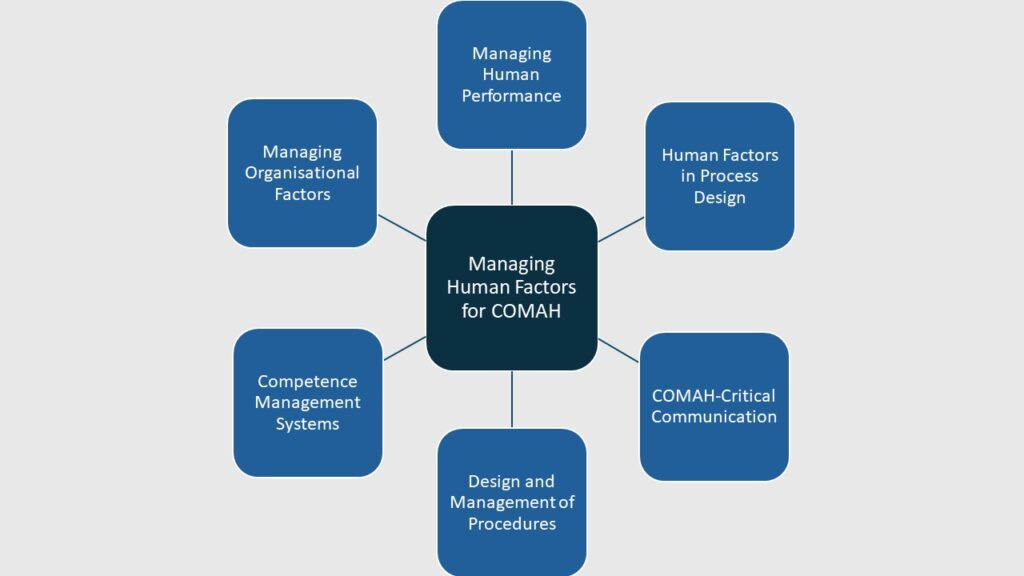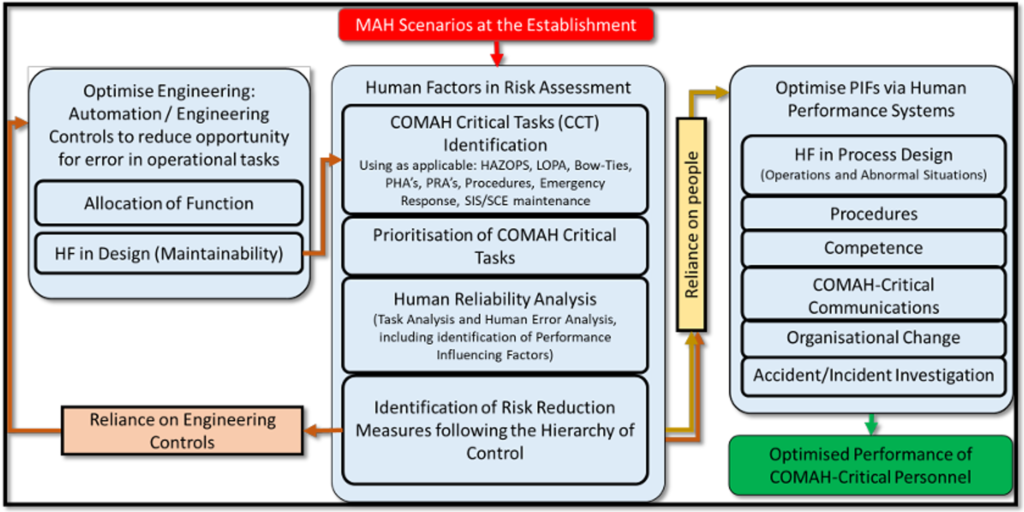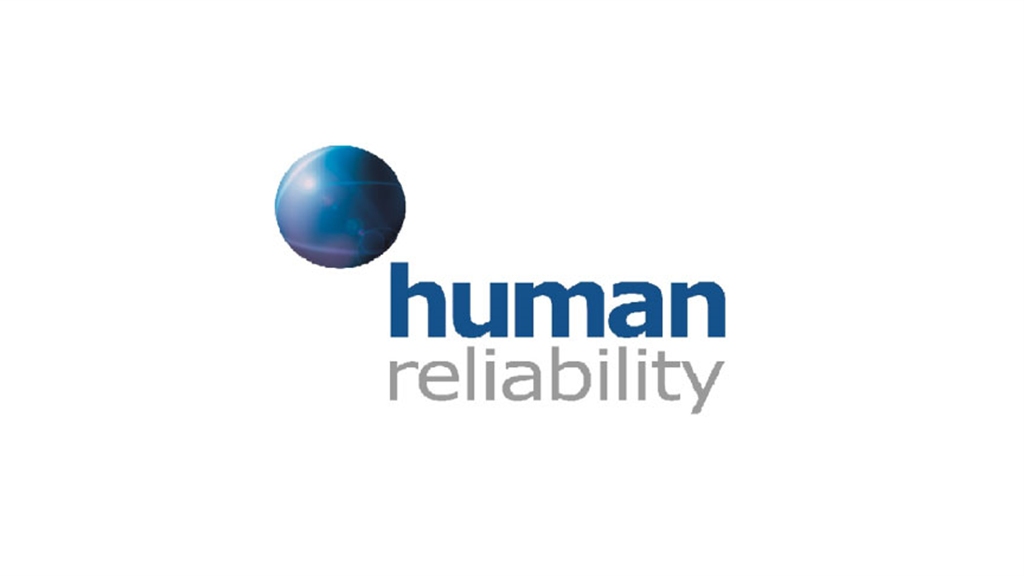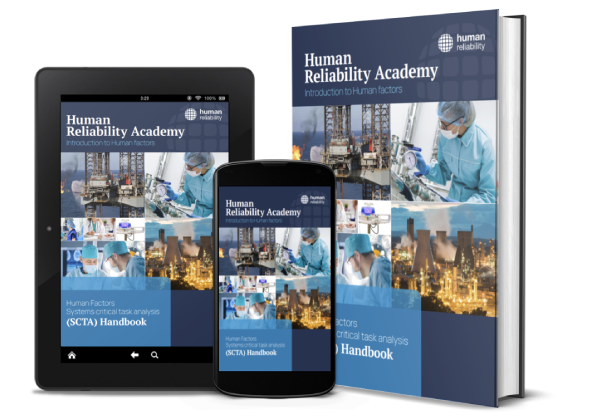Failure Modes and Mechanisms in Safety Critical Task Analysis (SCTA)

In the realm of safety critical tasks industries, identifying both failure modes and mechanisms is essential for effective risk management and performance improvement. We dive into this crucial topic, exploring how failure modes and failure mechanisms impact human performance.
The Psychology Behind Alarm Response: Insights from Human Factors

Alarm systems are vital to process control, but poorly designed alarms can compromise operator performance. We explore the complexities of alarm management and highlights how human factors can optimise control system design.
Understanding the HSE’s Human Factors Delivery Guide for COMAH Sites: A Quick Overview for Beginners

Want to learn more about the 6 topic areas in the HSE’s HF COMAH Delivery Guide? Here, we give a quick overview of these areas and how they can you help improve Human Factors management.
SCTA Workflow: Where the rubber hits the Human Factors Roadmap

Following her last blog, Lydea shows how the SCTA process can be used as a way to implement the HF Roadmap in practice
Navigating the Human Factors Roadmap: Part 1

In this blog series, Lydea describes the steps of the HF Roadmap and how the SCTA process aligns with the roadmap.
Organisational learning – how mature is your organisation?

Following his last blog on safety culture in healthcare, Steve describes the traits of a healthy reporting culture, its impact on organisational learning and the need to adopt a proactive approach to risk and safety.
Applying Safety Critical Task Analysis (SCTA) to a hazardous task: Indoor Rope Climbing

Recently, I started taking on indoor rope climbing. Having been on both ends of the rope, I was curious about how this would look from a Safety Critical Task Analysis (SCTA) perspective.
A System Safety Revolution: Drawing Parallels Between Formula 1 and Human Factors

In the heart-pounding world of Formula 1, the phrase “life on the limit” once carried a chilling connotation. Formula 1’s early years were fraught with danger, prompting a paradigm shift from accepting risks to drivers, stewards and the crowds, to embracing system changes and safety enhancements.
Human Error: Errordinary to the Extraordinary!

The same psychological mechanisms that underly errors in our ordinary, everyday life are also at play in the most extraordinary events that we see in the headlines. The positive message is that we can understand these mechanisms and do something about it.
HRA Coronavirus (COVID-19) capability statement

It can be challenging meeting regulatory expectations, achieving action deadlines, project schedules and annual objectives during these unprecedented times. As a direct result of this, you may be mainly focusing on your core business and revising project targets downwards













